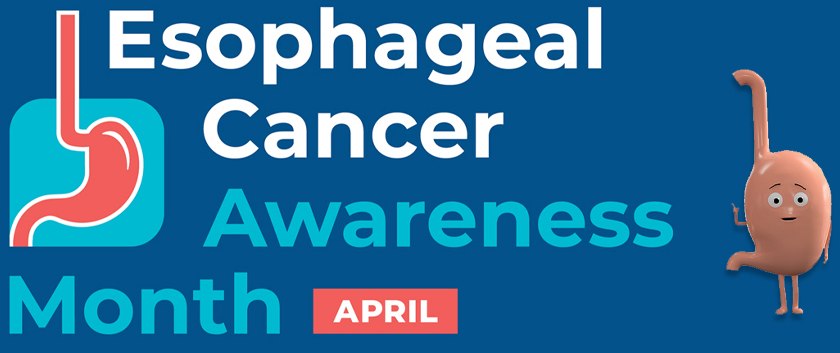Anal Rectal Manometry What can be learned from the test?
The anal and rectal area contains specialized muscles that are helpful to regulate proper passage of bowel movements. Normally, when stool enters the rectum, the anal sphincter muscle tightens to prevent passage of stool at an inconvenient time. If this muscle is weak or does not contract in a timely way, incontinence (leakage of stool) may occur.
Normally, when a person pushes or bears down to have a bowel movement, the anal sphincter muscles relax. This will cause the pressure to decrease allowing evacuation of stool. If the sphincter muscles tighten when pushing, the could contribute to constipation.
Anal manometry measures how strong the sphincter muscles are and whether they relax as they should during passing a stool. It provides helpful information to the doctor in treating patients with fecal incontinence or severe constipation. There are many causes of fecal incontinence. Weak anal sphincter muscles or poor sensation in the rectum can contribute to rectal incontinence. If these abnormalities are present, the can be treated.
Biofeedback techniques using anal manometry and special exercises of the pelvic floor muscles can strengthen the muscles and improve sensation.
What to Expect
Screening
Diagnose conditions such as gastrointestinal disease, celiac disease, cancer, polyps, and more.
How to Prepare
You will need to administer ONE TAP WATER ENEMA 2 HOURS BEFORE TESTING. Remain on clear liquids until after testing is completed. This is performed in the office
Recovery
After the test, you may drive yourself home and go about your normal activities.
Save time and and prepare ahead.
Download and print instructions.



